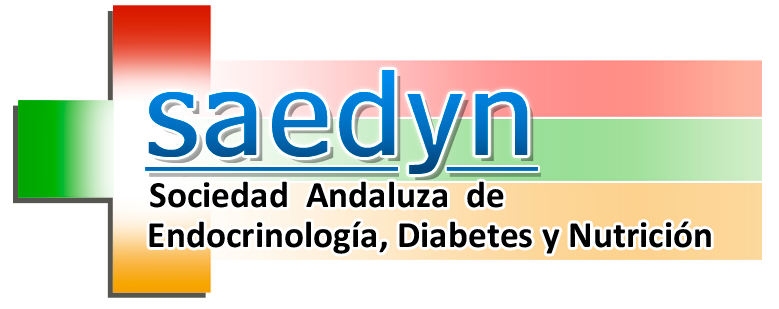Últimos Artículos de Diabetes

- Diabetes Spotlight: Alice Y.Y. Cheng, MD, FRCPC: Distilling the Complex Language of Clinical Research
- An Essential Role of IER3IP1 in β-Cell Development and Proinsulin Trafficking
- Issues and Events
- A Special Thanks to the Reviewers of Diabetes
- Development of the Insulin Radioimmunoassay, the Watershed Moment in Diabetes Research: Revisiting 1960 Diabetes Classics by Berson and Yalow
- Targeting REDD1 in Podocytes: A Promising Strategy for Mitigating Diabetic Kidney Injury
- Response to Comment on Chanoine et al. Understanding the Complexity of MIDD Diabetes Mechanism With Dual Focus on β-Cell Function and Insulin Sensitivity
- Comment on Manduchi et al. No Evidence for Persistent Enteroviral B Infection of Pancreatic Islets in Patients With Type 1 Diabetes and Prediabetes From RNA Sequencing Data. Diabetes 2024;73:1697–1704
- Pioneers of Progress: Rosalyn Yalow (1921–2011): Radioimmunoassay and the Promise of the Nuclear Age
- Response to Comment on Manduchi et al. No Evidence for Persistent Enteroviral B Infection of Pancreatic Islets in Patients With Type 1 Diabetes and Prediabetes From RNA Sequencing Data. Diabetes 2024;73:1697–1704
- Comment on Chanoine et al. Is Hyperactive mTORC1 Signaling Responsible for the Phenotypic Expression (Diabetes, Hypoacusis) of the m.3243A>G Variant?
- Issues and Events
- Diabetes Spotlight: Lisa Chow, MD, MS: Quantifiable Lifestyle Changes to Improve Diabetes Outcomes
- Identification of CD209 as an Intervention Target for Type 2 Diabetes After COVID-19 Infection: Insights From Proteome-Wide Mendelian Randomization
- An Alternatively Translated Isoform of PPARG Suggests AF-1 Domain Inhibition as an Insulin Sensitization Target
- Homeobox C4 Transcription Factor Promotes Adipose Tissue Thermogenesis
- Extracellular Vesicle–Associated miR-ERIA Exerts the Antiangiogenic Effect of Macrophages in Diabetic Wound Healing
- Mechanistic Insights Into the Exercise-Induced Changes in Muscle Lipids and Insulin Sensitivity—Expanding on the “Athlete’s Paradox”: Revisiting a 2011 Diabetes Classic by Amati et al.
- Strong Association of Autoantibodies Targeting Deamidated Extracellular Epitopes of Insulinoma Antigen-2 With Clinical Onset of Type 1 Diabetes
- Cisplatin Exposure Dysregulates Insulin Secretion in Male and Female Mice
